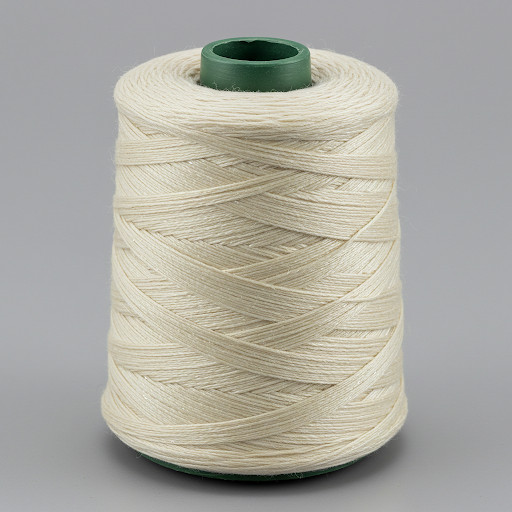POY (Partially Oriented Yarn): Properties, Production, and Uses
Partially Oriented Yarn (POY) is a type of polyester yarn that is partially drawn during the spinning process. This partial drawing differentiates it from Fully Drawn Yarn (FDY). POY is an important intermediate product in the textile industry, often further processed into other yarn types. This article explores the properties, production, and common uses of POY.
What is POY?
POY is characterized by its partially oriented molecular structure. Unlike FDY, where the polymer chains are highly aligned, POY has a less ordered structure. This results in different properties compared to FDY, namely lower strength and higher elongation. POY is not typically used in its raw form for finished fabrics but serves as a precursor for other yarns.

Manufacturing Process
The production of POY follows a similar initial process to FDY but with a key difference:
- Polymerization: Propylene is polymerized to create polyester chips.
- Melting and Extrusion: The polyester chips are melted and extruded through spinnerets to form continuous filaments.
- Cooling: The filaments are cooled and solidified.
- Partial Drawing: This is the crucial step that defines POY. The filaments are drawn, but *not* to the full extent of FDY. This partial drawing results in the partially oriented structure.
- Winding: The partially drawn yarn is wound onto packages.
Key Properties of POY
- Lower Strength than FDY: Due to the partial drawing, POY has lower tensile strength compared to FDY.
- Higher Elongation than FDY: POY exhibits higher extensibility, meaning it can stretch more under load.
- Softer Texture: POY has a softer and less rigid texture compared to FDY.
- Requires Further Processing: POY is not suitable for most end-use applications in its raw form and requires further drawing and texturing.
Common Uses of POY
POY's primary use is as an intermediate product. It is most commonly converted into:
- DTY (Drawn Textured Yarn): POY is drawn and textured to create DTY, which has a bulkier texture and better elasticity.
- FDY (Fully Drawn Yarn): Although less common, POY can be further drawn to produce FDY.
POY vs. FDY
The key difference is the degree of drawing. FDY is fully drawn, resulting in high strength and low elongation. POY is only partially drawn, leading to lower strength and higher elongation. POY requires further processing, while FDY can be used directly in some applications.
POY plays a vital role in the textile industry as a precursor to other important yarn types. While not used directly in finished fabrics, its unique properties and processability make it an essential component in the production of DTY and, sometimes, FDY. Understanding POY's characteristics and its role in the yarn manufacturing process is key to understanding the broader textile landscape.
Ready to order POY?
Contact us today to discuss your POY needs and request technical data.
Request a Sample & QuoteContact us:
- : +61436109520
- : info@newki.com.au